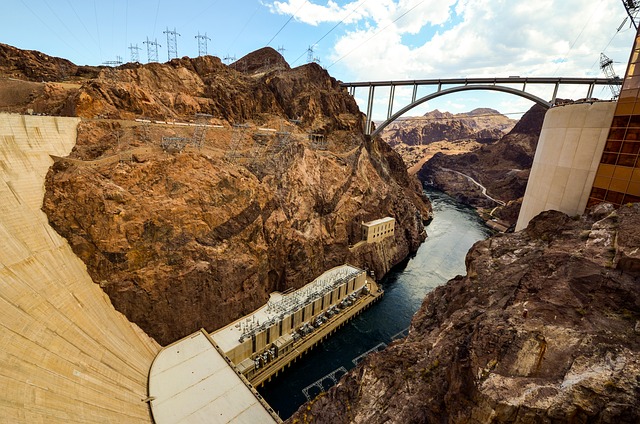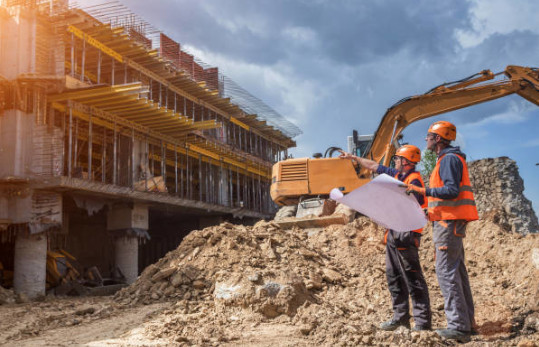Comprehensive Geotechnical Works to Ensure Website Security
Comprehensive Geotechnical Works to Ensure Website Security
Blog Article
An In-depth Examination of the Providers Supplied by Consulting Engineers in the Area of Geotechnical Design: From Website Examination to Task Application
Consulting designers in geotechnical engineering play a critical role in the successful implementation of building and construction jobs, starting with thorough site examinations that expose critical subsurface conditions. Their expertise reaches soil residential property analyses, environmental impact assessments, and the mindful surveillance of task execution, guaranteeing alignment with safety and sustainability criteria. Each phase is interlinked, providing one-of-a-kind difficulties and considerations that can considerably affect task results. As we check out these necessary solutions, it comes to be evident that understanding their effects is essential for effective job administration and danger mitigation. What intricacies lie within each of these stages that require our interest?
Value of Geotechnical Design
Geotechnical engineering is an essential self-control that underpins the safety and security and sustainability of civil framework projects. By understanding the mechanical actions of soil and rock materials, geotechnical engineers analyze the suitability of sites for numerous building and constructions, including buildings, bridges, and dams. This essential analysis ensures that frameworks can hold up against ecological aspects and loads without experiencing failing.
The relevance of geotechnical design prolongs beyond mere architectural safety; it also encompasses ecological stewardship. Proper geotechnical evaluations contribute to reducing the eco-friendly effect of building and construction. Through careful analysis of dirt residential or commercial properties and groundwater conditions, engineers can design structures and keeping frameworks that reduce threats such as disintegration and landslides, advertising long-term security.
Moreover, geotechnical engineering plays a crucial role in job expense management. geotechnical works. By determining possible problems early in the style stage, engineers can suggest appropriate options, hence staying clear of pricey delays and redesigns during building. This proactive method not only improves project performance however likewise significantly decreases risks connected with unforeseen website problems
Site Investigation Methods
Efficient website investigation methods are crucial for collecting accurate data concerning subsurface problems before construction. These techniques facilitate the understanding of the geological and hydrological atmosphere, which is critical for ensuring the stability and safety and security of suggested frameworks.
Usual techniques used in website investigations include borehole drilling, which enables designers to draw out dirt examples at different midsts, offering insights right into stratification and product types. In enhancement, geophysical surveys, such as seismic refraction and electrical resistivity, deal non-invasive ways to analyze subsurface qualities over bigger locations. These approaches can assist identify abnormalities without extensive excavation.
Test pits are another valuable method, offering straight monitoring of dirt layers and enabling in-situ testing. geotechnical works. This strategy is specifically valuable for shallow excavations and can assist examine groundwater degrees. Furthermore, cone infiltration examinations (CPT) are progressively made use of, as they give continuous accounts of soil resistance, which helps in identifying soil stamina and layering.
Each of these techniques plays a vital function in developing a comprehensive understanding of website problems, making it possible for consulting engineers to make informed choices and suggestions throughout the project lifecycle. Precise data collection throughout the site you could try here examination phase is pivotal to mitigating risks and guaranteeing successful project execution.
Dirt Residential Property Assessment

The analysis procedure normally includes a combination of laboratory tests and field investigations. Secret residential or commercial properties such as shear toughness, compressibility, permeability, and dampness web content are evaluated to determine the soil's viability for construction functions. Common tests, consisting of the Atterberg limitations, Proctor compaction, and triaxial shear examinations, are commonly used to collect data on soil habits.
Along with these tests, in-situ methods such as the Standard Infiltration Examination (SPT) and Cone Penetration Test (CPT) provide useful understandings into dirt stratigraphy and thickness. The outcomes of these assessments inform engineers about potential obstacles, such as soil liquefaction or negotiation, enabling them to create ideal mitigation techniques.
Environmental Effect Assessment
Ecological effect analysis plays a vital role in the planning and execution of design tasks, especially in geotechnical design. This procedure includes examining the possible ecological repercussions of proposed projects on soil, water, air quality, and bordering ecological communities. Consulting engineers use different techniques, consisting of website assessments, modeling, and field research studies, to determine and quantify these impacts.
The analysis usually starts with the identification of standard environmental conditions, which acts as a referral for predicting possible changes. Engineers analyze elements such as erosion, groundwater contamination, and habitat disturbance, making sure that all pertinent ecological guidelines and guidelines are abided by throughout the task lifecycle. Stakeholder involvement is additionally an essential part of the evaluation process, as it cultivates communication in between project programmers, regional areas, and governing bodies.
Furthermore, reduction methods are established to resolve determined influences, permitting designers to recommend options or adjustments to forecast styles that boost sustainability. This proactive method not only lessens negative effects on the setting yet also advertises public trust fund and conformity with environmental legislation. Eventually, reliable environmental influence examination enhances the overall stability and stability of geotechnical design jobs, sustaining accountable growth practices.
Job Application and Surveillance

Monitoring is an important element of project execution. Engineers utilize various strategies, such as instrumentation and area tests, to examine dirt actions and structural responses in real-time. This continuous tracking allows the recognition of any kind of inconsistencies site web from anticipated efficiency, permitting timely the original source treatments to reduce risks.
Moreover, getting in touch with engineers maintain open communication with contractors and stakeholders throughout the procedure. Normal site inspections and development records ensure that all celebrations are informed regarding task condition and any emerging worries. By cultivating partnership and openness, getting in touch with engineers promote a much more efficient implementation process, thus boosting task end results.
Ultimately, reliable job implementation and tracking not just maintain safety and security and high quality criteria however additionally add to the general success of geotechnical projects, guaranteeing they fulfill their intended purposes sustainably and sensibly.

Verdict
In conclusion, the role of getting in touch with engineers in geotechnical engineering encompasses a critical series of solutions that make certain task success. Inevitably, the multifaceted contributions of consulting engineers are crucial in attending to the complexities of geotechnical obstacles in modern-day engineering jobs.
Report this page